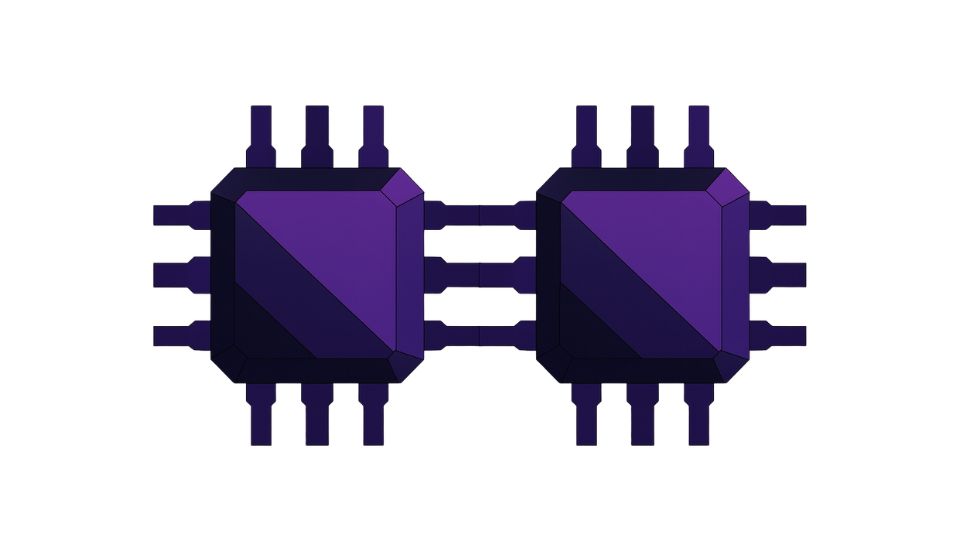Search results for: “network security”
-

North Korean Konni Group Leverages Google’s Find Hub to Wipe Android Devices in Latest Campaigns
North Korea’s Konni Group has escalated its cyber espionage tactics by leveraging Google’s legitimate Find Hub service to remotely wipe Android devices. This sophisticated campaign targets Android and Windows users with data theft and remote control objectives, initiating with spear-phishing emails and deploying the Lilith Remote Access Trojan (RAT).
-

EU Considers Banning Huawei Telecom Equipment for Member States
The European Union is contemplating a ban on Huawei telecommunications equipment for member states, driven by escalating cybersecurity and national security concerns. This move reflects a growing international apprehension regarding the integration of specific foreign technologies into global telecom networks and aims to fortify critical infrastructure against potential vulnerabilities.
-

ClickFix Phishing Campaign Targets Hotel Systems with PureRAT Malware
A sophisticated ClickFix phishing campaign is targeting the global hospitality sector, deploying PureRAT malware to steal sensitive credentials and defraud hotels and customers on booking platforms like Booking.com and Expedia.
-

Germany to Deploy New P-8 Poseidon Sub-Hunting Planes from Norway and Iceland
Germany’s newly acquired P-8A Poseidon maritime patrol aircraft are set to operate from forward bases in Norway and Iceland, significantly bolstering NATO’s surveillance and anti-submarine warfare capabilities across the North Atlantic and Arctic regions.
-

Russia Detains Eight in Bashkortostan Over Alleged Telecom Sabotage Plot
Russian authorities have detained eight individuals in the republic of Bashkortostan, alleging their involvement in a plot to sabotage telecommunications infrastructure. The detentions signal a heightened focus on internal security amidst ongoing international tensions.
-

The Enterprise Browser: A New Cyber Frontier, Report Warns
A new report highlights a critical shift in the landscape of enterprise cybersecurity, positing that the user’s browser has become a convergence point for significant identity, SaaS, and AI-related risks, often evading the purview of traditional security measures.
-

QNAP Issues Urgent Updates for Critical NAS Vulnerabilities Exposed at Pwn2Own
QNAP has issued a series of critical security updates following the discovery of eight severe vulnerabilities, enabling remote attackers to gain complete control over affected NAS systems.
-

Mozilla Unveils Enterprise Support Program for Firefox
Mozilla has launched a new paid support program for businesses and institutional users of its Firefox web browser, offering dedicated technical assistance and extended stability. This initiative aims to expand Firefox’s presence in corporate IT infrastructures by providing features like long-term support versions and prioritized security patches.
-

China-Linked Hackers Exploit Legacy Flaws and IIS Servers in Global Espionage Surge
Chinese state-linked cyber actors are increasingly leveraging well-known vulnerabilities and exploiting server misconfigurations to establish enduring footholds within critical networks globally, according to recent reports from cybersecurity researchers.
-

Bulgaria Seeks State Control Over Key Lukoil Refinery Amid U.S. Sanctions
Bulgaria’s parliament has enacted new legislation to place the nation’s largest oil refinery, Lukoil Neftochim Burgas, under state control, a direct response to recent U.S. sanctions targeting the Russian energy giant over its war in Ukraine. The move aims to avert a potential shutdown of the crucial Balkan facility.
